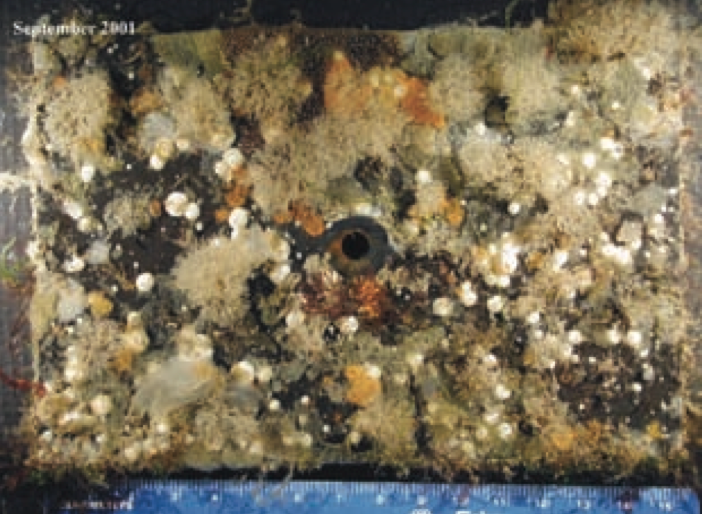Biofouling Threats
B. tuberatus have been recognised in various locations worldwide as a biofouling organism. In many areas, they are considered to be invasive species, as they compete with the local species for resources, such as food and space, or transmission of new diseases in the area (Boyle, Janiak & Craig 2004; Rocha & Kremer 2005; Shenka & Swalla 2011). More often than not, they win the arms-race and successfully colonize an area, pushing local species to crisis levels.
Most biofouling organisms are intentionally or accidentally introduced by human activity, such as the release of larvae from organisms attached to ships or aquaculture (such as mussels). These larvae then find a suitable area to grow in the new environment (Boyle, Janiak & Craig 2004; Simkanin et al. 2012).
Much like any other anthropogenic factors, human activities are ultimately to blame for the downfall of both biodiversity and industries. In the case of B. tuberatus, its widespread distribution is mainly due to the fact that it was a biofouling organism and was able to grow on man-made structures, such as ship hulling and piers etc (Simkanin et al. 2012). Then, when the ship relocates itself to another pier, B. tuberatus larvae may be deposited there and colonize the area. This poses a problem in aquaculture, such as mussel rope cultures.
B. tuberatus are being investigated for use as an indicator species for the extent of exotic introductions in an area due to ship transport in Brazil (Rocha & Kremer 2005).
 Image showing an experimental plate in Woodley Island Marina in Humboldt Bay, California in the first year. The plate is mainly covered by barnacles, bryozoans and ascidians such as B. tuberatus and Botrylloides sp. Adapted from Boyle, Janiak & Craig (2004).
|